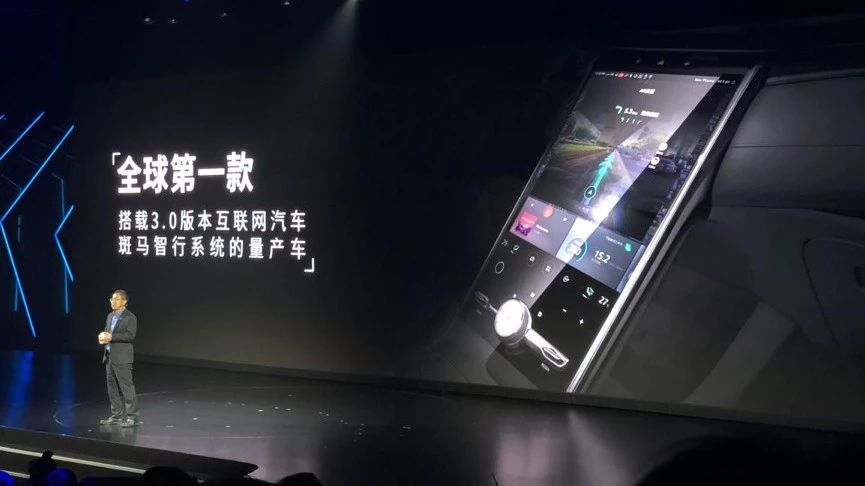Finally, a large screen bigger than Tesla’s has been mass produced, but that’s not the point.
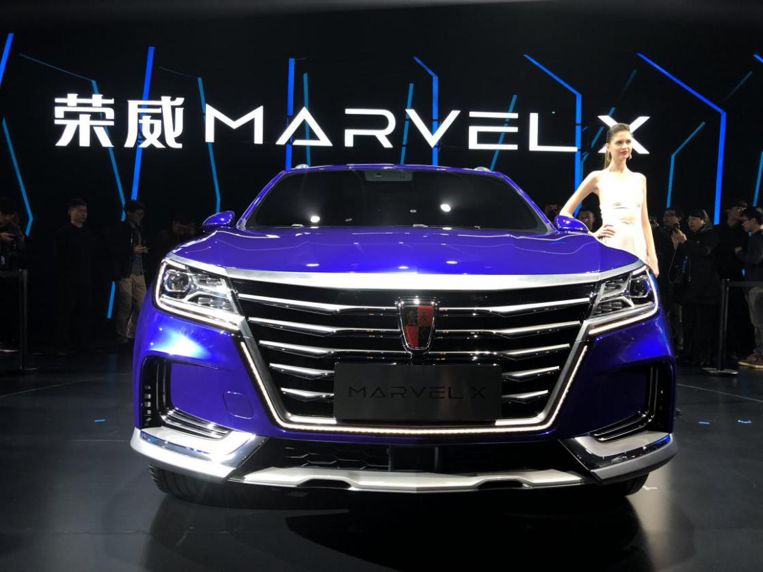
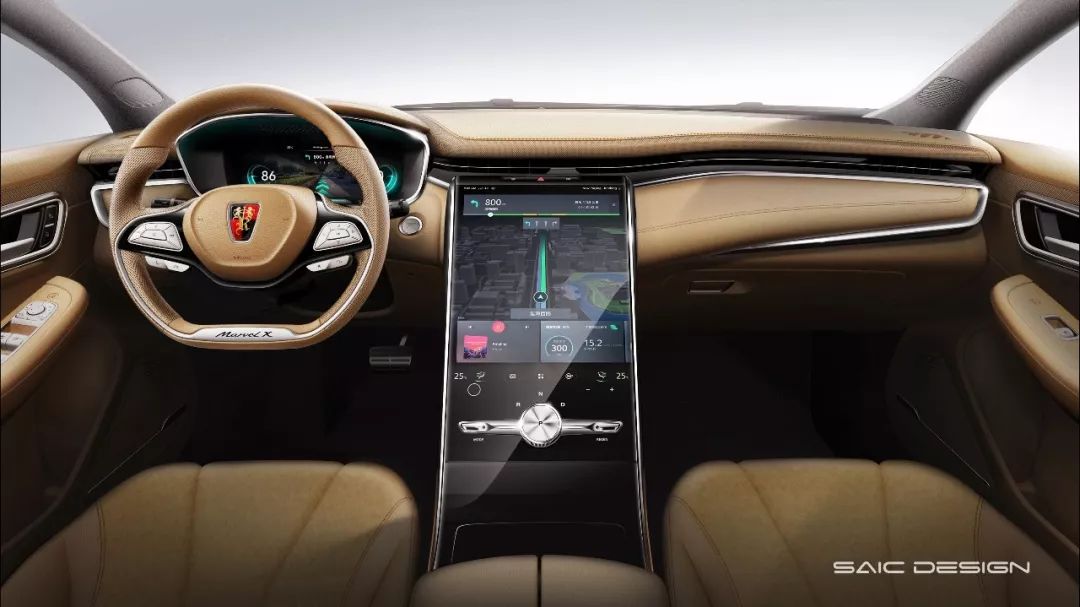
Recently, Roewe exposed the interior decoration of the Marvel X’s central control to the media, which seems appealing at first glance. The official picture deliberately enlarged the 19.4-inch screen, and in my opinion, it also set an Easter egg on the dashboard (visible by magnifying the above picture): AR Enhanced Reality Navigation on the Dashboard.
On the day after the Marvel X was produced at the Innovator Conference, Alios and Zebra Show have released the video below, demonstrating the application of AR navigation in different driving scenarios.
I remember just a few years ago, our elders, who were experienced drivers, often complained at the dinner table that younger generations only relied on navigation and couldn’t find their way around even if it was someplace familiar. My response (Diss Back) was: “You can go to a familiar place if you are familiar with the map, but you need to know how to use navigation to go anywhere.“
Nowadays, even experienced taxi drivers shuttling between cities need navigation software. It is necessary for daily driving. From the perspective of user experience, since the car’s large screen is a trend, nobody wants to rely on smartphones for navigation. However, among vehicle navigation systems in China, only Zebra Show’s system seems to have achieved a level comparable to that of mobile navigation apps.
Tesla’s Navigation System is Less Effective in China
Tesla is the pioneer of large screens, but after using Zebra Show for the first time, I realized that Tesla must collaborate with domestic map software vendors. Tesla uses Google Maps overseas and collaborated with NavInfo to provide maps and produce its own navigation software for China. However, the user rating is quite average.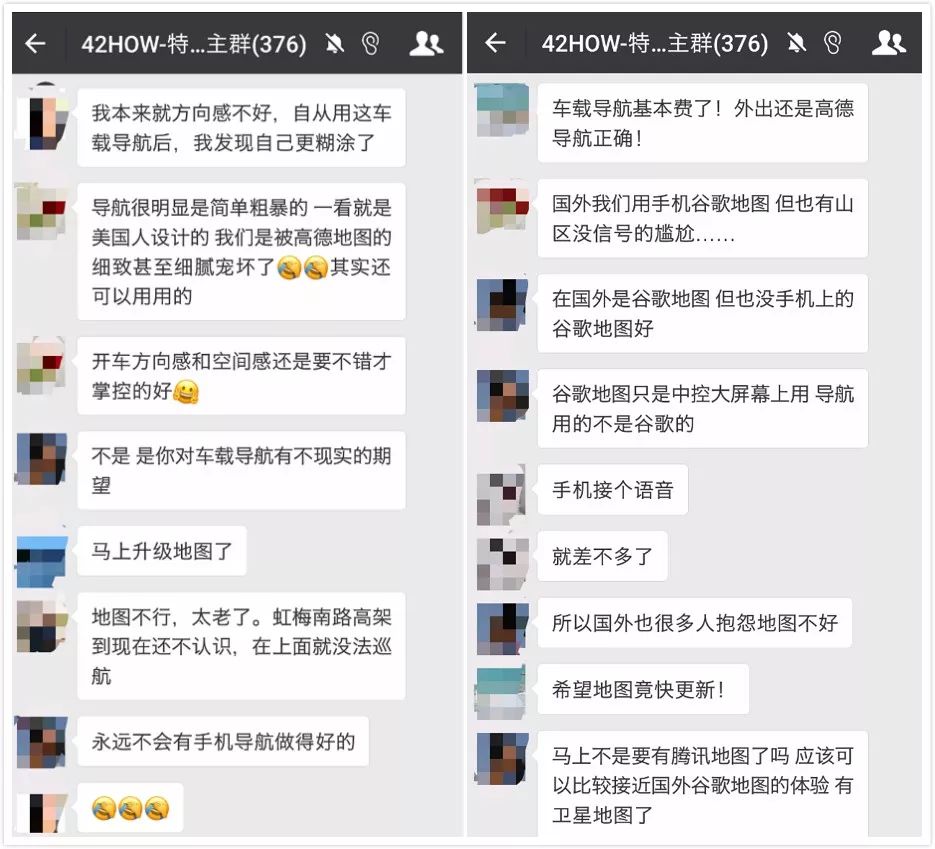
Fortunately, since the Model 3 was displayed at the Beijing Auto Show and confirmed to use Tencent Maps, newly delivered Tesla Model S/X vehicles also come equipped with Tencent Maps, and older Model S/X vehicles will receive an OTA update to update the navigation maps.
This means that the in-car navigation system may now be on par with smartphone navigation.
The experience of Baidu CarLife 3.0 may surpass that of smartphone navigation.
In a previous discussion in the car owner group, there was mention that the in-car navigation system could never be as good as smartphone navigation. However, after learning about AR real-world navigation, I disagree.
The Baidu CarLife system, developed jointly by SAIC and Alibaba, is equipped with Amap navigation.
When version 1.0 of Baidu CarLife was available, I was able to test it in a real car. The map accuracy was high and announcements at intersections were timely. The only downside it had compared to the smartphone version is that it didn’t include the voice of Zhiling sister.
After the release of Baidu CarLife 2.0, it added route planning for self-driving tours, recommendations for where to play, eat and stay, and real-time connectivity with car owners. In this regard, the map was able to adapt and grow on the car side for the first time.
The upcoming Baidu CarLife 3.0 will have undisclosed features. However, just looking at the AR navigation feature is highly anticipated. Smartphone navigation cannot provide real-world navigation while driving, but a car utilizing its cameras can do so entirely.
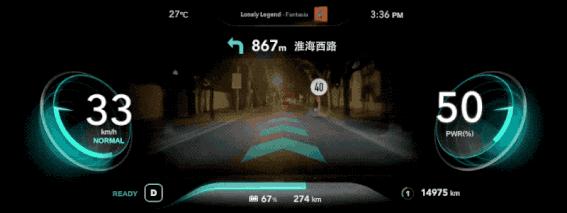
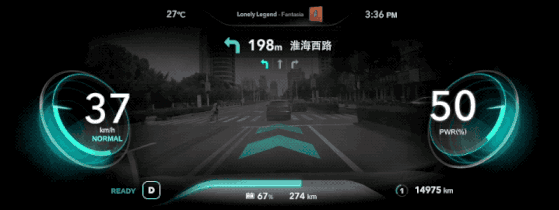
When I first posted the AR navigation feature on Weibo and expressed my anticipation, there were doubts:
“What is the significance of AR navigation? Will it affect attention?”
AR navigation is indeed a nice feature, but it is definitely not redundant. For drivers unfamiliar with the terrain, AR navigation can solve three problems:
-
Recognizing the direction at the starting point
-
Confirming the lane and direction at intersections
-
Confirming the position at the destination
Combining voice and street-view during the navigation process should make direction recognition easier.
As for attentional interference, when we need navigation during the default travel, checking the dashboard is definitely safer than looking away from the road to look at a smartphone or a center console screen.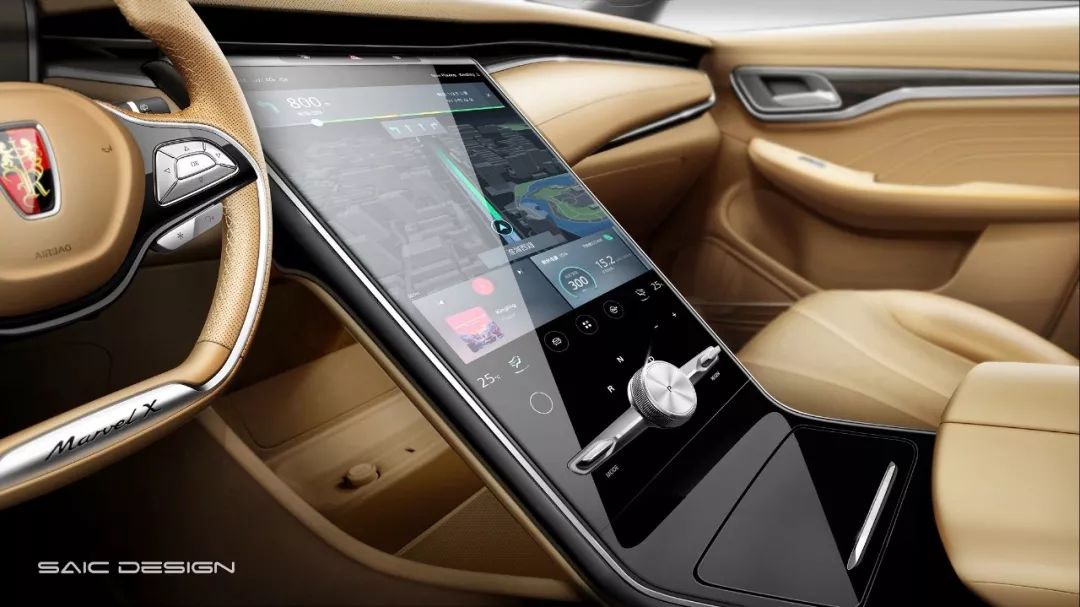
By the way, the interior seems quite stunning, doesn’t it?
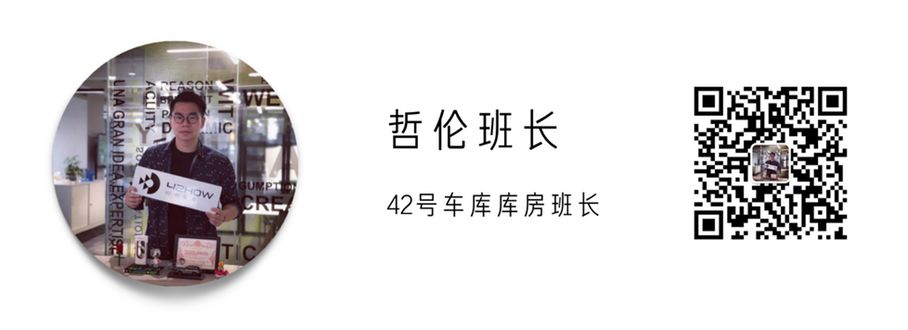

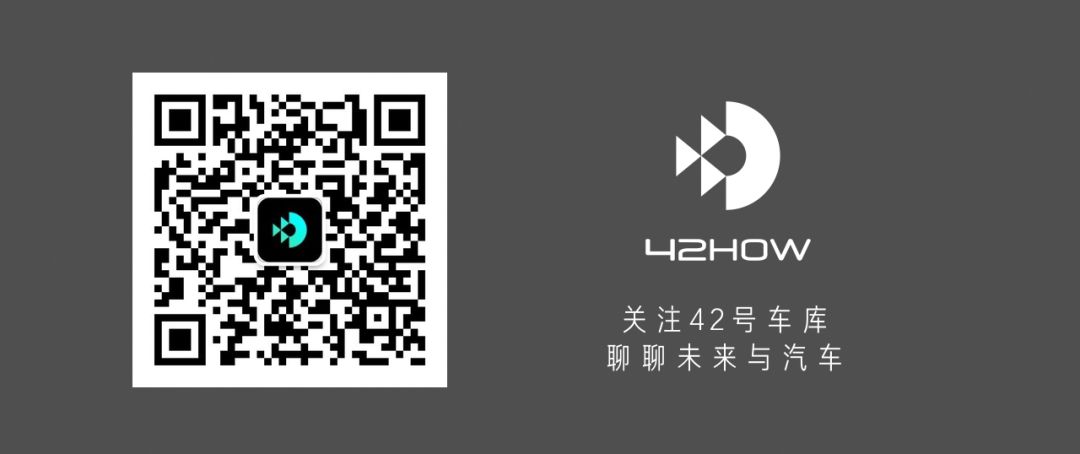
This article is a translation by ChatGPT of a Chinese report from 42HOW. If you have any questions about it, please email bd@42how.com.
